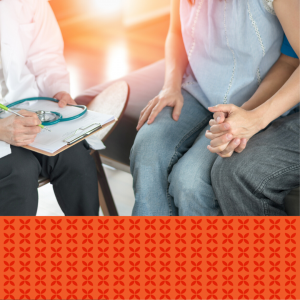According to research from the Centers for Disease Control (CDC), in 2018 there were nearly 2.5 million cases of Sexually Transmitted Diseases (STDs) reported. Baltimore city has the highest STD rate in the country, jumping five spots from last year’s report. During this STD/Sexually Transmitted Infection (STI) awareness month, Marylanders should understand why it’s important to schedule consistent STD/STI screenings with your doctor.

What is the difference between an STD and STI?
If an individual is infected, but the infection has not fully developed into a disease, they have an STI. Having an infection is what occurs before developing an STD. Several STIs and STDs do not have any symptoms. This is why having a screening is crucial to know if you are infected. While an STD can develop from an STI, not every STI becomes an STD.
What are common STDs and STIs?
To understand your signs and symptoms, here are some common STDs and STIs to take a look at:
How do you prevent and treat an STD?
Have a conversation with your partner
Clear communication is key to preventing STDs. Have a conversation about how to practice safe sex and why it’s essential to get tested. It is also important to talk about the structure of your relationship and if you are seeking a monogamous relationship or not.
Go to your doctor
Several STDs do not show any signs or symptoms. If you are sexually active, ask your doctor during your yearly physical if getting tested is right for you. With your Maryland Health Connection plan, preventive screenings are covered.
Get treated
If you test positive for an STD, ask your doctor t for treatment. STDs left untreated can cause complications such as abdominal/pelvic pain, issues becoming pregnant, or an increased risk of developing HIV.



 SIGN IN
SIGN IN




